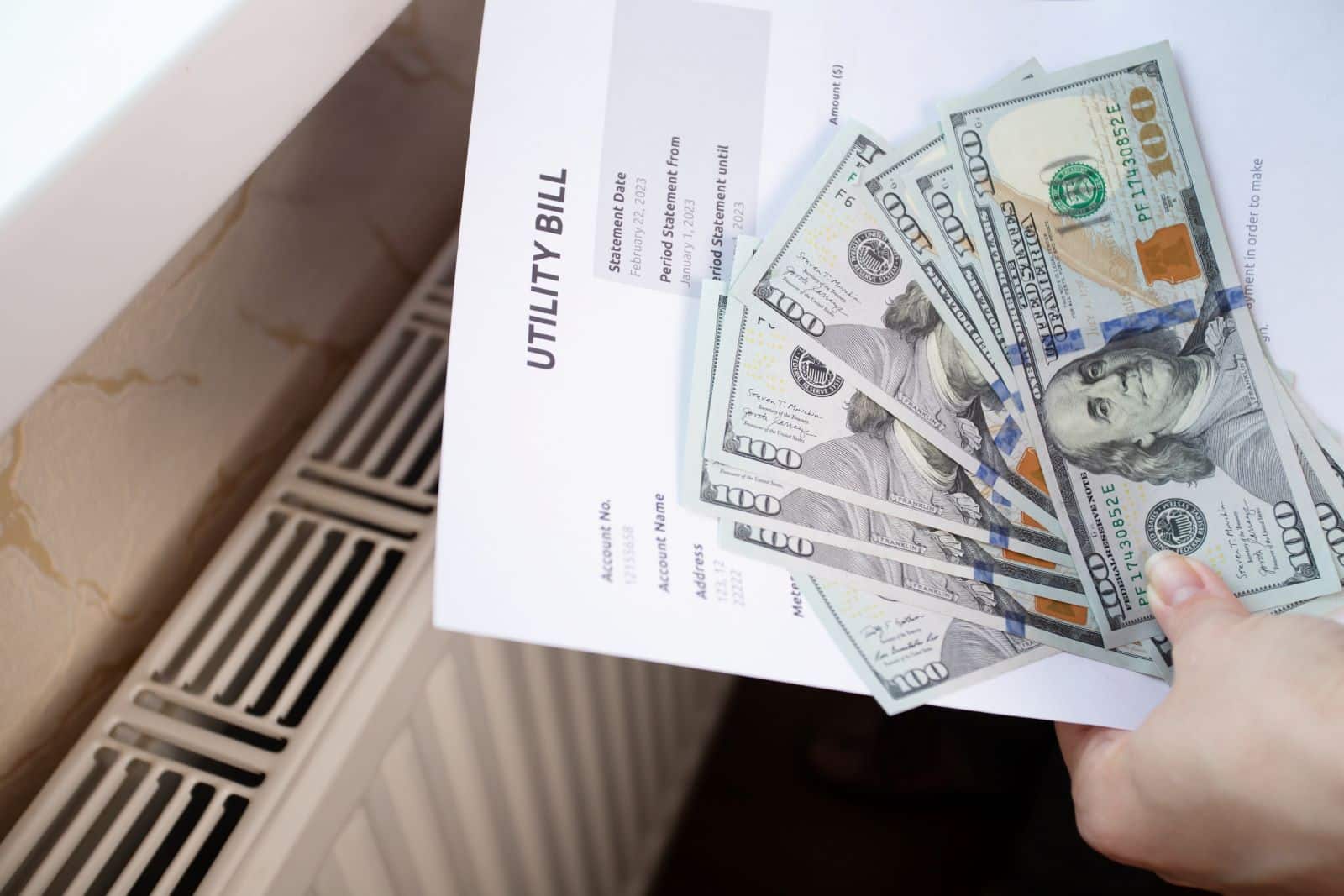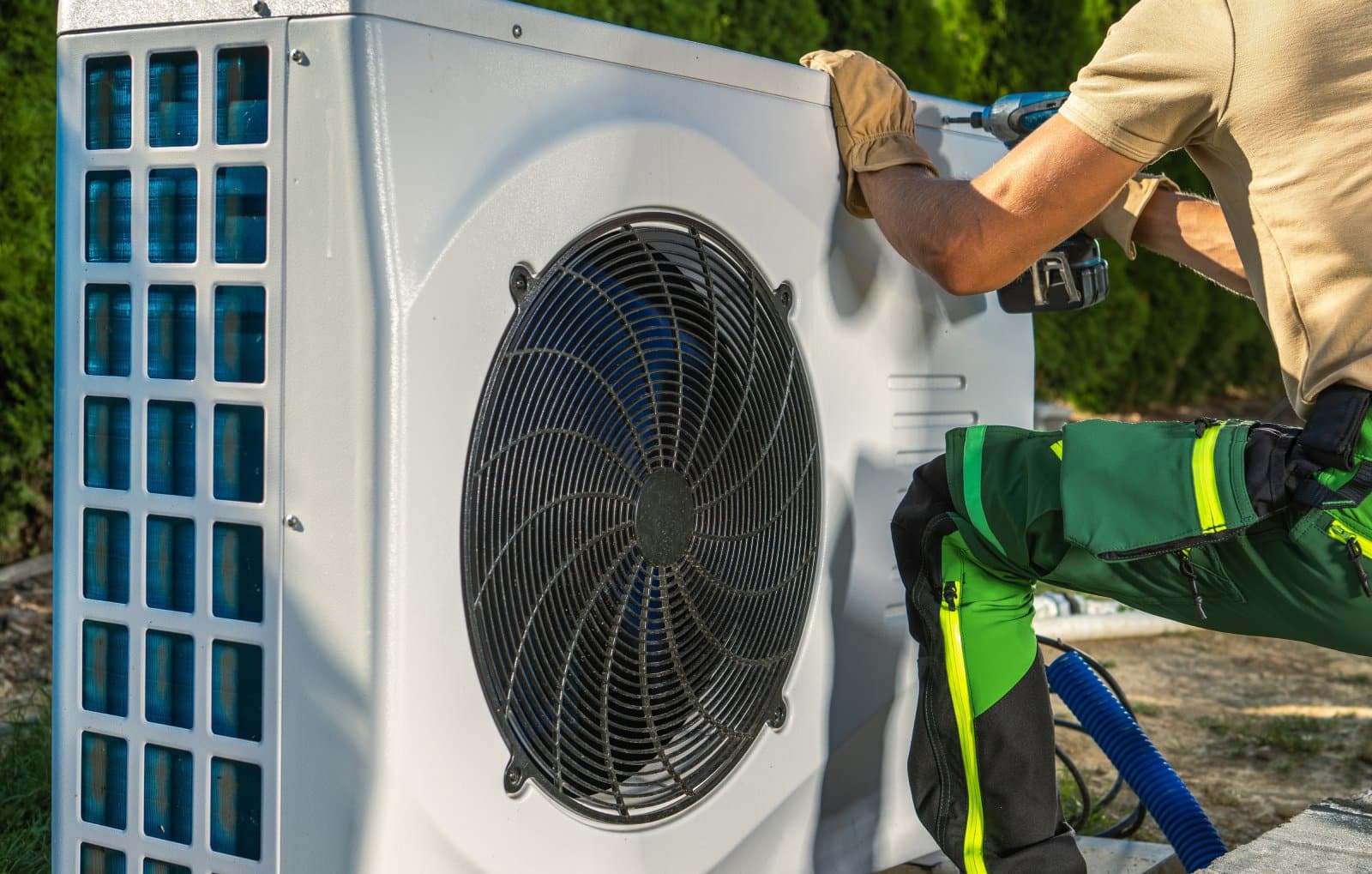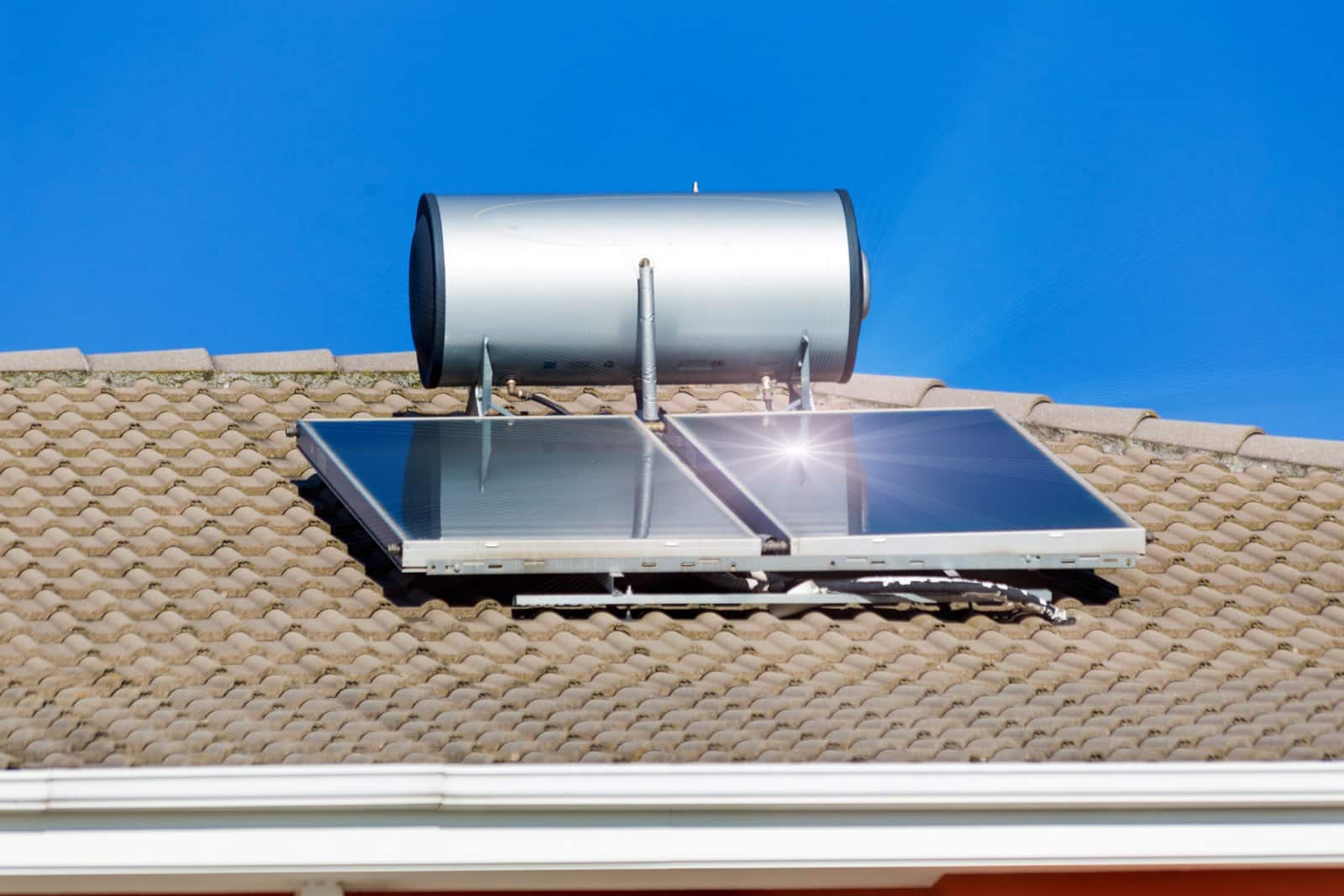Homeownership is often idealized as the American Dream, but it comes with its share of hidden expenses that can surprise new homeowners. Here are some of the less obvious costs that can creep up and stretch your budget further than you might expect.
1. Higher Utility Bills

Owning a larger space than you’re used to can mean significantly higher costs for heating, cooling, and electricity—expenses that renters might not be fully aware of.
2. Property Taxes

Property taxes can be a major financial burden and tend to increase regularly. New homeowners are often surprised by tax hikes after their first year, especially if their home’s value is reassessed.
3. Homeowners Association (HOA) Fees

If your new home is part of an HOA, monthly or annual fees can be hefty. These fees go towards maintenance and improvements of common areas, but they can be unexpectedly high.
4. Maintenance and Repairs

Unlike renters, homeowners can’t call a landlord when something breaks. From plumbing problems to roof repairs, the costs of maintenance and unexpected repairs can add up quickly.
5. Lawn Care and Landscaping

Maintaining a yard isn’t cheap. Costs for lawn care services, plants, tools, and equipment can surprise new homeowners who want to keep their outdoor space looking nice.
6. Pest Control

Regular pest control is often necessary, especially in certain climates. This can be an ongoing expense that many don’t consider until they encounter their first ant invasion or mouse.
7. Security Systems

Home security systems are a good idea, but they come at a cost. Equipment, installation, and monthly monitoring fees can make a dent in your budget.
8. Increased Insurance Costs

Homeowners’ insurance is typically more expensive than renters’ insurance and can rise unexpectedly. It’s essential to factor in things like natural disaster coverage, which can be costly.
9. Appliance Replacements

Appliances don’t last forever. Replacing a fridge or washer can be a significant expense, and the need for replacement usually comes with little warning.
10. Water Damage Prevention

From gutter cleaning to sump pumps, preventing water damage requires maintenance and occasional upgrades, which can be costly but necessary to avoid even more expensive repairs.
11. Heating and Cooling System Maintenance

Keeping your HVAC system in good working order requires regular servicing, which can be expensive but is crucial to avoid larger expenses down the road.
12. Window Treatments

Something as simple as window treatments can add up, especially if you have a lot of windows or need custom solutions for privacy and energy efficiency.
13. Furniture and Decor

Filling a new home with furniture and decor can cost far more than expected, especially for those moving from a smaller apartment to a larger space.
14. Increased Commuting Costs

Moving into a new home might mean a longer commute. The added costs of gas, car maintenance, and potentially tolls can add up without much notice.
15. Energy Efficiency Upgrades

Investing in energy efficiency can save money in the long term but requires an upfront cost. From insulation to energy-efficient appliances, these updates are an investment.
16. Structural Updates

Updating old wiring, plumbing, or even removing hazardous materials like asbestos are costs that can surprise new homeowners, especially if they’re not covered by insurance.
17. Emergency Preparedness

Homeowners need to invest in emergency preparedness, including generators, storm shutters, and additional insurance coverage, which can be expensive but necessary.
18. Long-Term Landscaping

Major landscaping projects, like tree removal or adding a patio, are costs that can arise unexpectedly and require significant outlay.
The Hidden Price Tag of Home Sweet Home

Becoming a homeowner is exciting, but these hidden costs can turn your dream home into a more expensive endeavor than you might have expected. Being prepared with a comprehensive budget that includes these potential expenses can help ensure that your new home remains a joy, not a financial burden.
Remote No More: 19 Companies Returning to the Office

As the pandemic wanes, companies are recalling remote workers back to the office, sparking debates on fairness, costs, and convenience. However, there are also notable productivity, coworking, and mental health benefits to consider. Feeling the effects of these changes? Remote No More: 19 Companies Returning to the Office
8 Costco Must Buys and 8 to Leave Behind

Ever wandered Costco’s aisles, questioning if that giant jar of pickles is a real bargain? Or debated buying tires where you get your rotisserie chicken? Welcome to the definitive guide to Costco shopping—a journey to save money, prevent regrets, and offer quirky insights into bulk buying. 8 Costco Must Buys and 8 to Leave Behind
23 Reasons Texas Is the Next Big Thing

Texas is becoming a beacon of opportunity, blending cultural heritage with economic growth. From its landscapes to its industries, the Lone Star State offers a dynamic lifestyle. Here are 23 reasons why Texas stands out, attracting entrepreneurs, artists, tech professionals, and families seeking new beginnings. 23 Reasons Texas Is the Next Big Thing
15 Top Sites to Sell Your Unwanted Goods Besides Craigslist

Selling your unwanted items can declutter your space and boost your income. While Craigslist is popular, there are many alternatives with unique features and wider audiences. Explore these 15 Craigslist alternatives for selling everything from furniture to electronics, finding the perfect platform to turn clutter into cash. 15 Top Sites to Sell Your Unwanted Goods Besides Craigslist
Work from Anywhere: 19 Companies Still Supporting Remote Work

Tired of commuting and craving work flexibility? You’re not alone. Many companies now offer remote work, benefiting both employees and employers. Ever wondered how this shift could enhance your work-life balance? Work from Anywhere: 19 Companies Still Supporting Remote Work
The post – 18 Surprising Costs of Homeownership No One Tells You About – first appeared on Liberty & Wealth.
Featured Image Credit: Shutterstock / baranq.
The content of this article is for informational purposes only and does not constitute or replace professional financial advice.
For transparency, this content was partly developed with AI assistance and carefully curated by an experienced editor to be informative and ensure accuracy.

